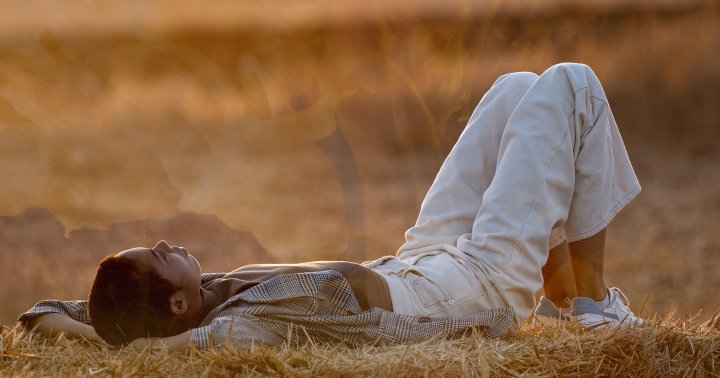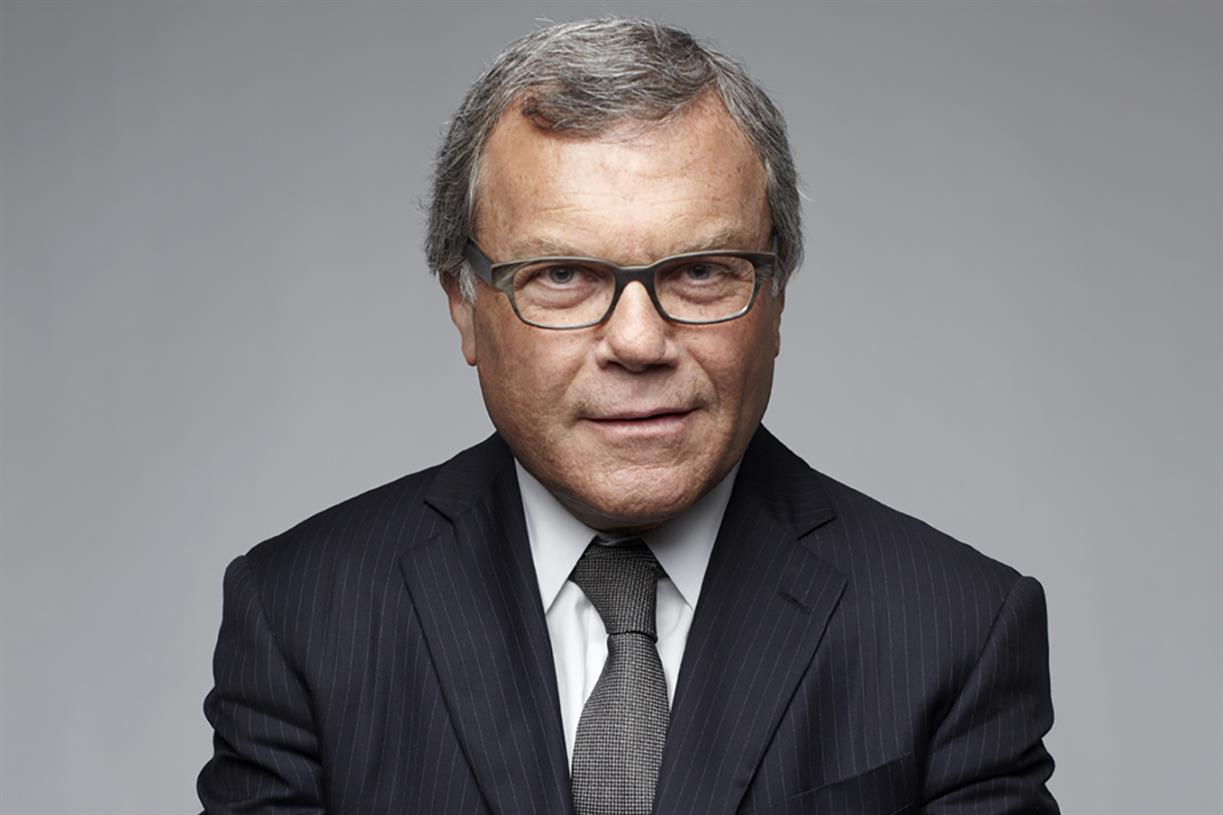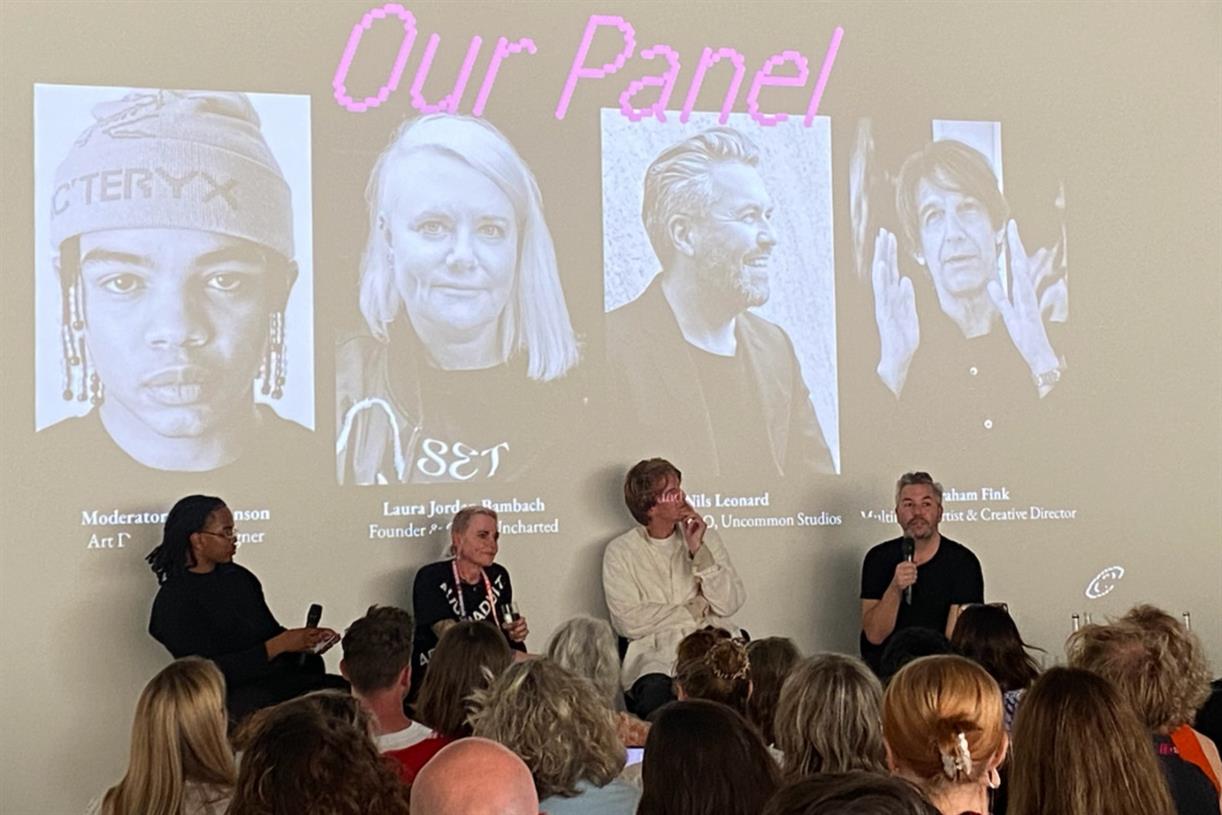Why Kids Yoga - Early childhood edition 2023
I often get a puzzled look by people that wonder why on earth we are doing yoga with children of such a young age. This article is to demystify what goes on when we are together and to highlight...

Benefits of Yoga in Schools for Early Education
This blog is an updated version of the 2016 post
If you enjoy the content of this post, please consider making a purchase to keep it ad free, as it has always been.

In this article learn
Tips for yoga with infants Tips for yoga with toddlers and preschools Mindsets for teaching yoga to young children Links to high quality teaching resources for early childhood Video for yoga with kids - loads of funYoga for little ones?
I often get a puzzled look by people that wonder why on earth we are doing yoga with children of such a young age. This article is to demystify what goes on when we are together and to highlight the positive outcomes of a regular practice. Read on if you are curious about why we do what we do at Flow and Grow Kids Yoga.
Invite participation, never force it
When we offer a children’s yoga class, it is a safe spacefor children to be themselves, as they are in the moment. Every child is accepted and invited to participate in a way that feels okay to them and that is developmentally appropriate. We do not demand participation, yet nearly every child does enjoy the class in some way or another.
Baby yoga
How to use baby noises and body language as feedback during yoga
In a baby yoga class, tiny humans smile and giggle as we move them into shapes that compliment their development. If they are comfortable on the belly, we can go across from them and we can play mirror games that aid in connecting, deepening the child’s ability to focus, and have fun with others. The same child that has been all day arching their back doing tummy time revels in the spine lengthening stretches we do together, the back bend’s perfect counter-pose. If they are still lying on their backs, we can sing and stretch and play as they lie down and make eye contact, aware that they can let us know what they enjoy and what they don’t with a smile or a whine.
Honoring preferences, turn taking, and a low stakes environment
Every child has preferences, just as we adults do, in how they’d like to move around. When children are crawling or walking, we play along with their newly gained mobility. They are going to be in and out of focus with us because they are in perpetual exploration of their surroundings. We allow them to wander and then they spot us doing a headstand and must come investigate. Then next thing we know, there is a tiny set of hands on the ground and a bottom in the air. The baby wants to be put in a headstand like shape too. That baby is learning the love of movement and also gaining an understanding that we humans are capable of amazing things.Their perceived boundaries are eliminated by the enthusiasm and fun and low pressure to perform. Afterwards we relax and sing as the lights go down. Each child rings the chime and gets a hug or high five.
Get the infant yoga, toddler, yoga textbook as a download!
Toddler yoga
Setting up toddlers for success in yoga
In a toddler and preschool setting, the class is set up in a circle that, like a womb, holds the children in a warm and safe surrounding. The rituals we begin and end with teach the children about process, that there is a beginning, middle, and end to an activity, and that we can move from one activity to another mindfully, carefully, and intentionally.Every child connects to the environment and becomes a part of the group. They are aware that their participation is welcome and sometimes learn to sing along and other times to just listen and observe. They gain confidence with the repeated songs and rhythmic games and become daring enough to try out the different activities we offer. There they learn to experience movement uncorrected, as we do not stress the perfection of physical form. The activities are all process oriented, often times involving the 5 senses as well as animals, and imagination exploration. We use guided imagery to relax the children as they pretend to be a tree fallen in the woods, slowly becoming earth or a raindrop on a journey to the depths of the earth.
Name your emotions - name it to tame it
It’s in a toddler and preschool setting that we can delve into the emotions and what the emotions feel like. This is a time for connecting to the self, a child’s early self-exploration. We practice using yoga tools to respond to strong emotions such as anger or excitement so that the kids begin to have access to these tools when yoga is not in session. Recently the term name it to tame it has been popular in educational and psychological journals. By helping kids name their emotions, they are able to tame the feeling. We ask them to think of their own solutions too, so that they don’t have to deal with disappointment in the way a teacher or friend does, rather in a way that is their very own. This increases the skills of self-management and promotes social emotional learning. They start to understand what emotions might look like and feel like in others.
Get Yoga with Dragons - Perfect to do with Toddlers!
Yoga Tools for Social Emotional Learning
I once learned how much the yoga tools for social emotional learning helped a three year old when his mom told me he was able to diffuse her meltdown. He taught her a breathing exercise when she was having a difficult time. She came to me in tears and utter disbelief that her little guy had known such a powerful tool and was capable of sharing it with her in her time of need.
Let's Make Shapes Yoga Lesson Plan for Kids 1-8
Just Be
One of the other most special things that children learn from us, regardless of age, is that its important to relax and just be. We are in a culture of perpetual busyness and the kids are learning from us. When we include slowing down and resting as part of a daily ritual, not just during naptime, but as a transition from one activity into another, children are able to remain mild mannered, to notice when they may need a rest, and to request relaxing activities at the times they most need them.
Slow Down
We are teaching our children that it is indeed cool to be at one with yourself, relaxing and doing not much of anything. And they not only learn to love it, they celebrate afterwards. We can also remind ourselves as parents, educators, or clinicians, that our examples in slowing down will be felt by our children and do impact the choices they will make when spending their time. We help them develop life skills in this way.

A regular yoga practice to share with children in your life
It is a blessing to share yoga with children of all ages, with adults who care for children, and with educators shaping their young minds. This is one article in a series highlighting how we do things and what outcomes to expect when a regular yoga and mindfulness practice is added to YOUR daily routine. We love you!
Yoga Videos for Infants, Toddlers, Preschoolers

 Konoly
Konoly 












![Language101 Review: I Wouldn`t Recommend At All [2021]!](https://www.dumblittleman.com/wp-content/uploads/2021/09/Language101-Review.png)























